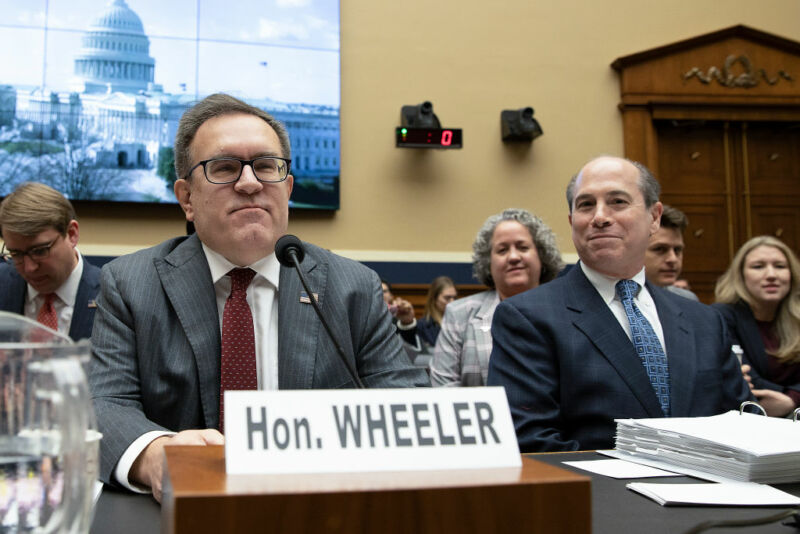EPA dings epidemiology for “uncertainty,” won’t use it for pollution standards

Enlarge / WASHINGTON, DC - FEBRUARY 27: EPA Administrator Andrew Wheeler testifies before the US House Subcommittee on Environment and Climate Change. (credit: Tasos Katopodis/Getty Images)
The US Environmental Protection Agency periodically reviews certain pollution standards, considering new science and analysis to see if the previously chosen limit should be updated. The latest of these reviews looked at the standards for particulate-matter pollution-dust and soot categorized by size as PM2.5 (2.5 micrometers across or less) and PM10 (up to 10 micrometers).
On Tuesday, the EPA released its decision to not tighten the standards set in 2012. That's not really a surprise given current leadership under the Trump administration, but the argument employed to defend the decision is remarkable. At a time when a pandemic has shut down most of the United States, the EPA is essentially arguing that epidemiology isn't up to the task of guiding policy.
A change in processThe EPA's process for these multi-year reviews, like the process for setting new standards, is ostensibly designed to minimize the influence of politics. EPA analysts do the work of combing through and synthesizing existing scientific research, quantifying best estimates of the health impacts of pollutants at various levels, as well as the economic costs of restricting pollutants to those levels. Those estimates then go through advisory panels of outside scientists and are subject to public comment before the agency decides which standard fulfills its obligations under the law.
Read 10 remaining paragraphs | Comments